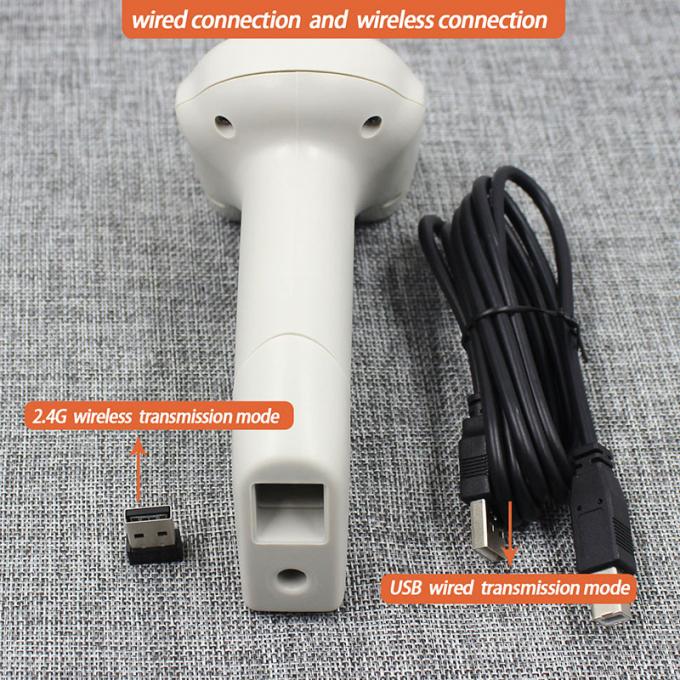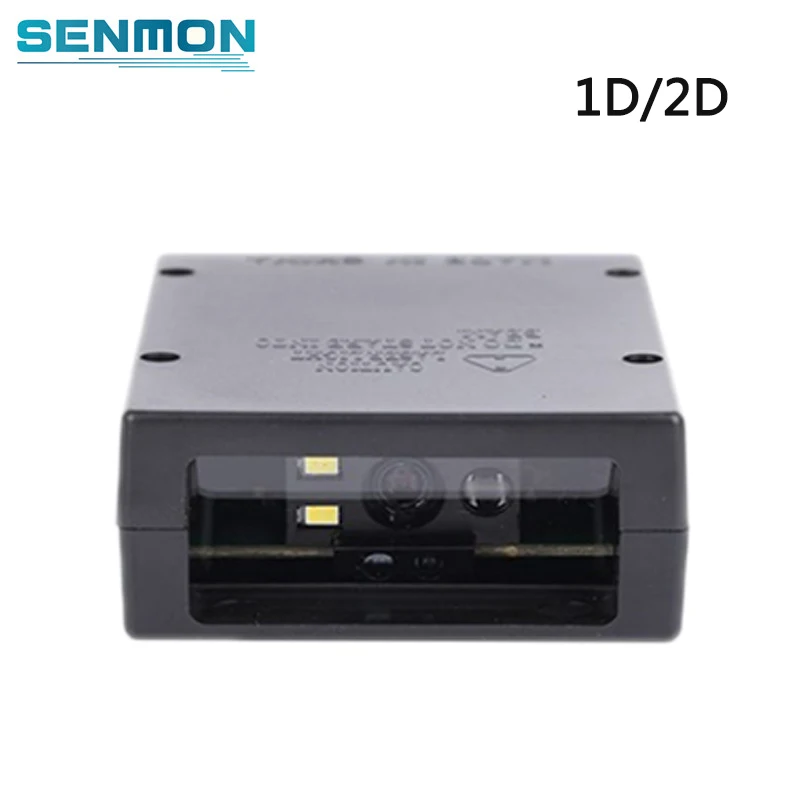

Thus, the output of this procedure are the handles AcqHandle and DataCodeHandle. We specify that we want to detect QR codes.Ĭreate\_data\_code\_2d\_model ('QR Code',, , DataCodeHandle) Secondly, we create the handle for the data code reader. The output variable AcqHandle can later be used to grab images of the camera. Here, we open and configure the image acquisition device.

Let's have a look how easily these procedures can be created using HDevelop.įirst, we create the procedure init\_acquisition.hdvp. In the final application, we want to use two HDevelop procedures: One that initializes the camera and the data code reader, and one that finds the data codes (in our case, QR codes) and returns a result message. # Creating the machine vision part with HDevelop Makefile to build the application for the desired target platform (ARMv8) Any ftp client or usb thumb drive for transfering the source files onto the RPi
#Raspberry pi qr code reader driver#
MVTec HALCON to create the machine vision application on your desktop machine (You can download a free trial version at[- MVTec HALCON for ARM-based Platforms ([- Video4Linux2 interface (use the driver that is included in the HALCON for ARM-based Platforms installer) a mounting device to attach it to the RPi case In our example, we used a Raspberry Pi 3 Model B with the standard camera module v2. In this proof of concept, we want to show you **how to easily integrate a QR code reader on an embedded device using () and ()**.


 0 kommentar(er)
0 kommentar(er)
